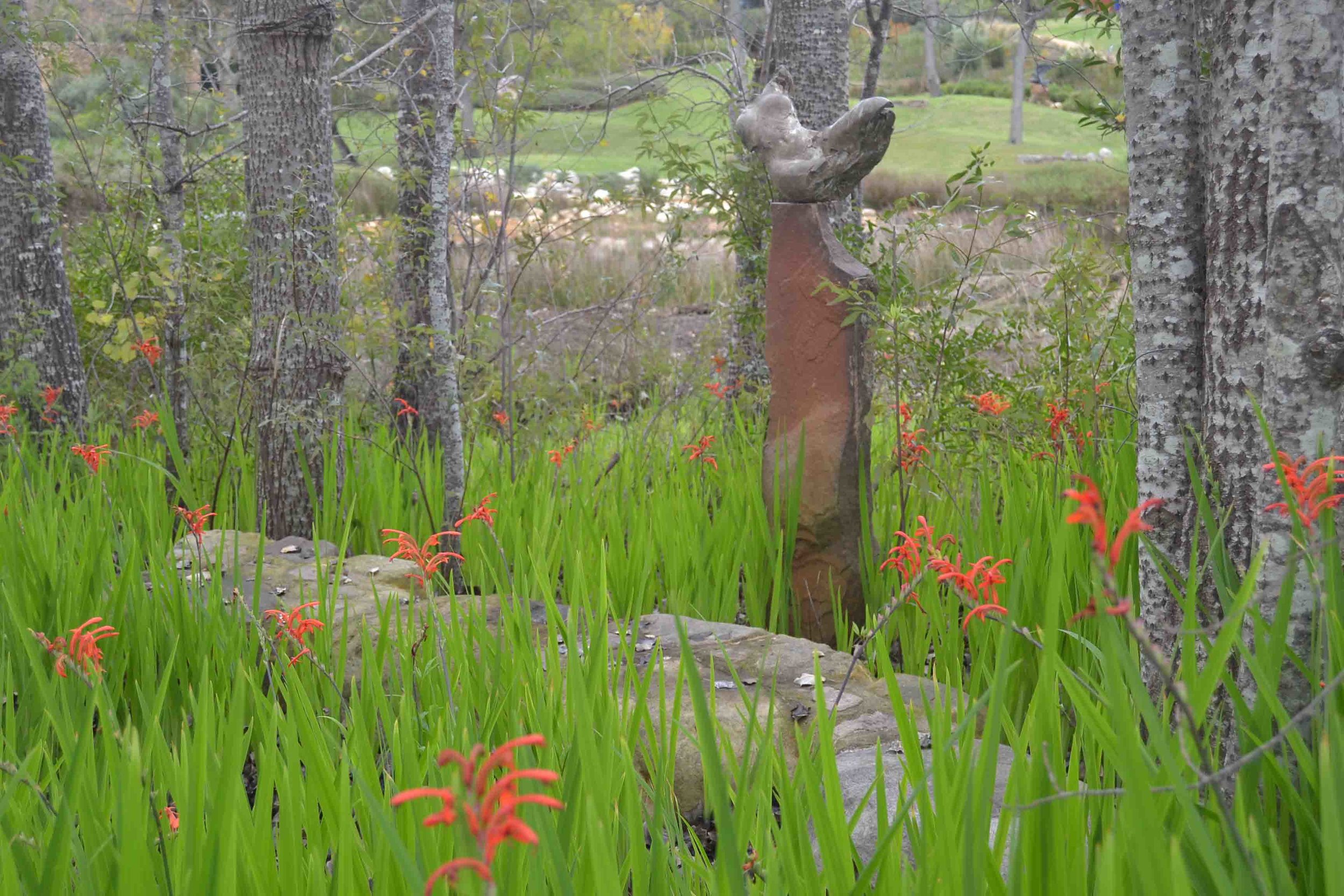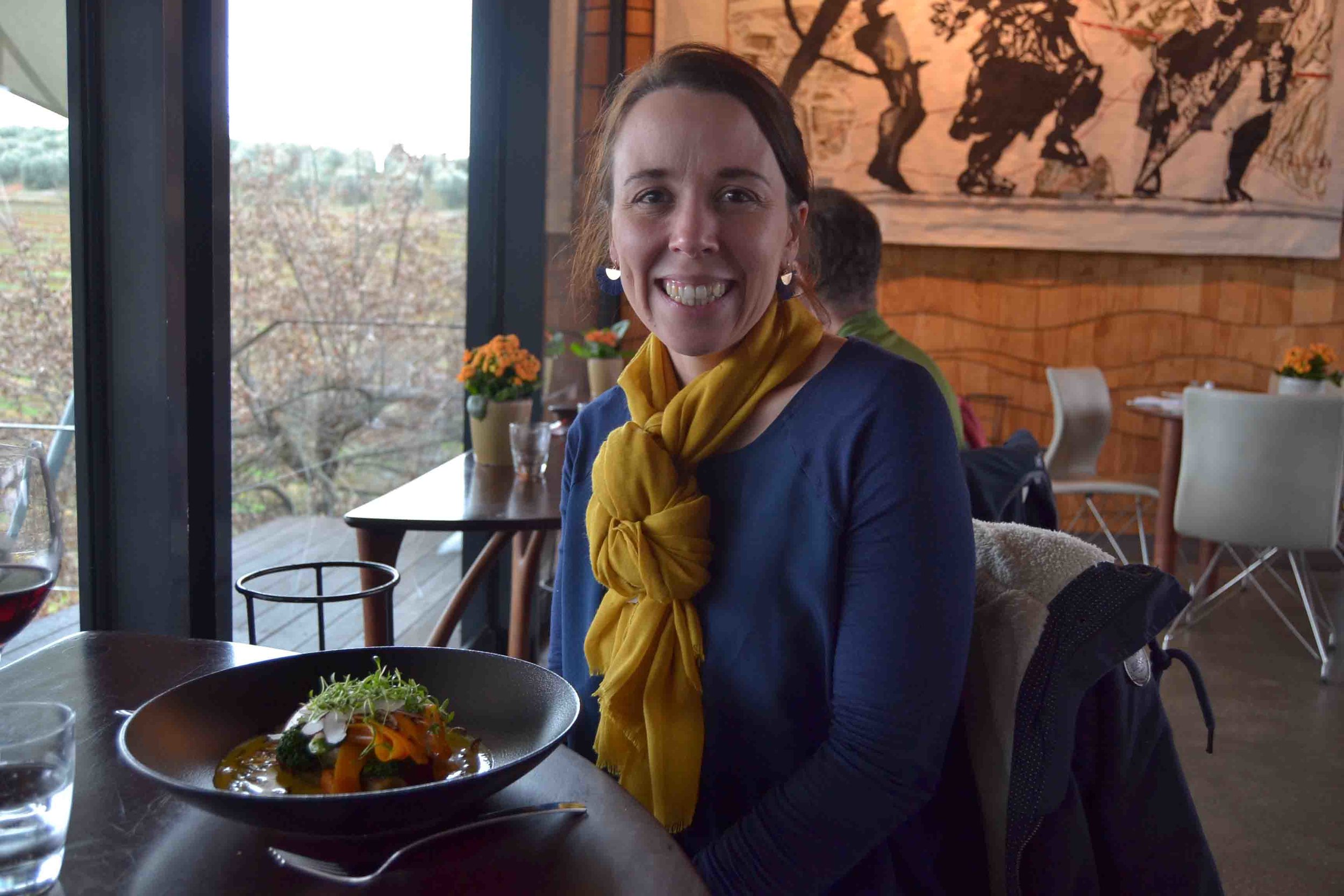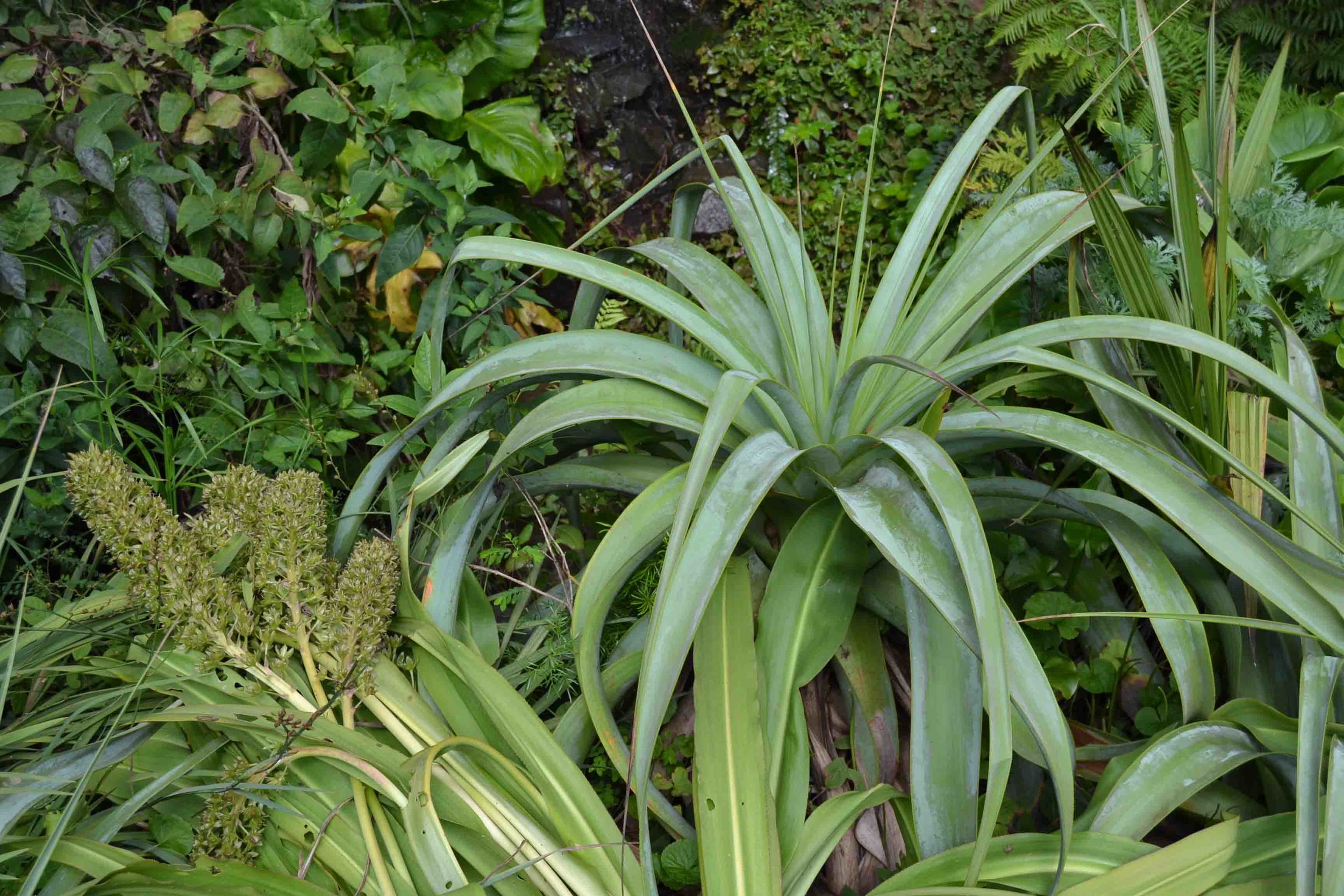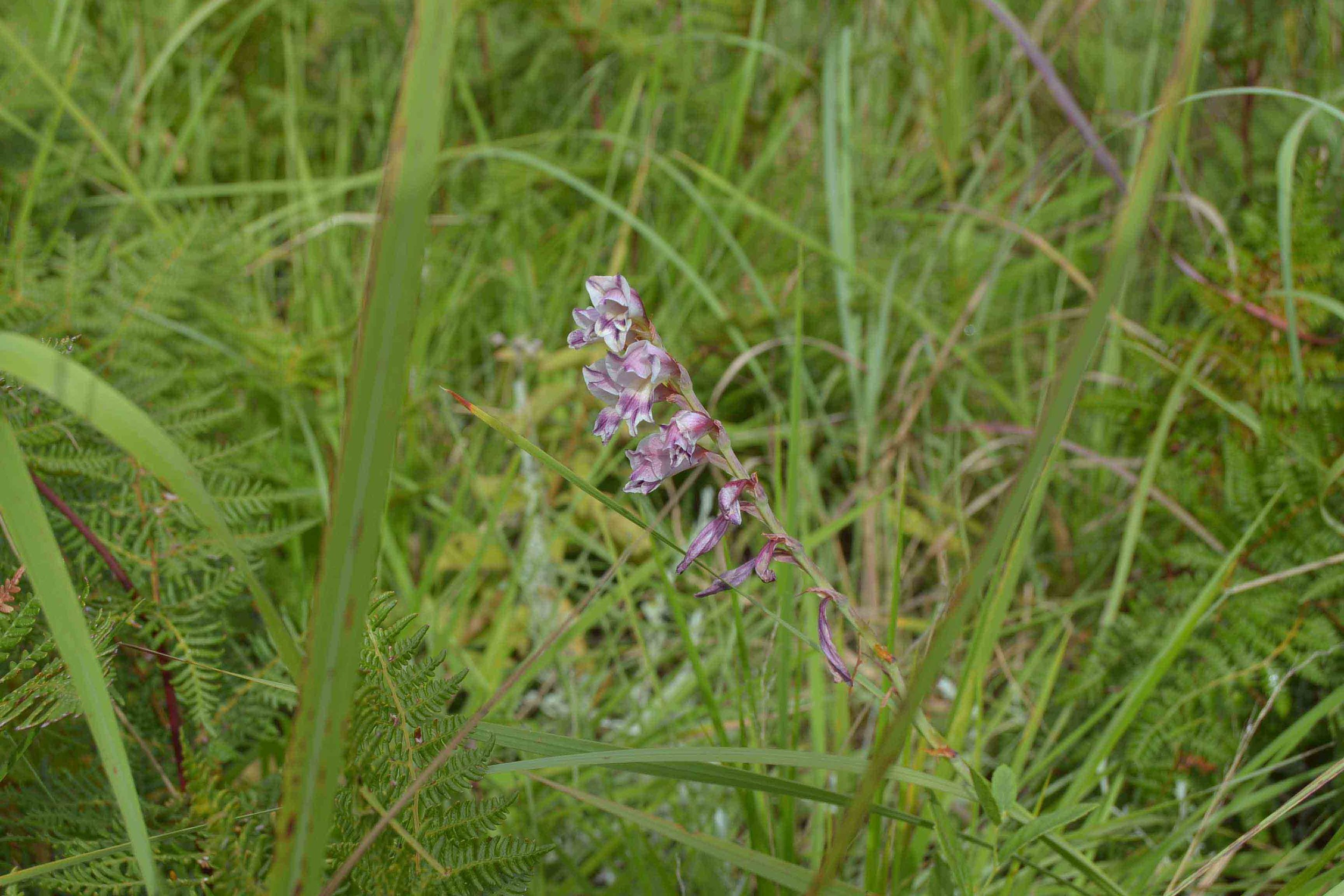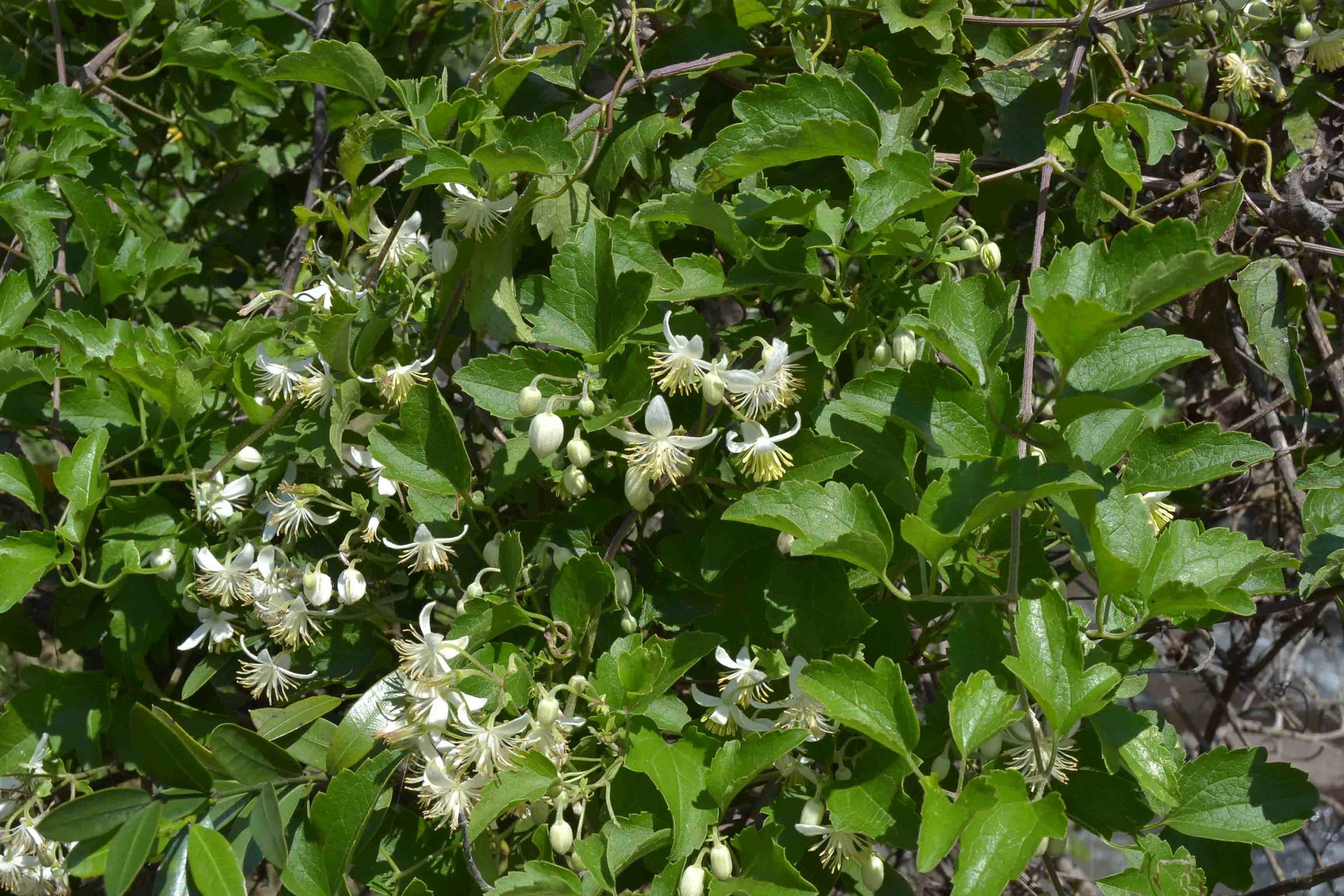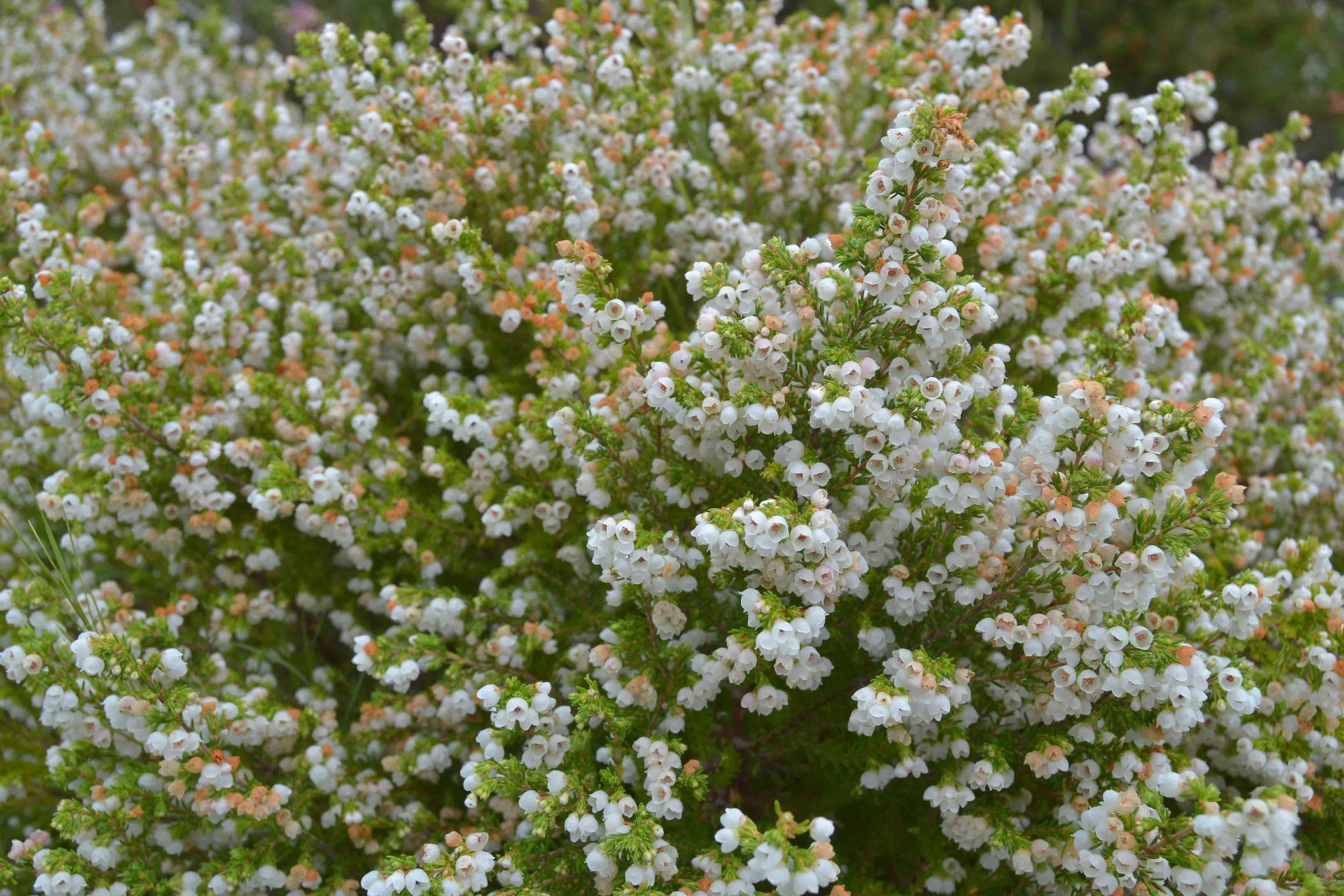Hello Cape Town!
In the first week of June Carien Momsen from Pureline Interior Design joined me for the #SproutConference2019 to Cape Town. It was a lightning trip packed to the brim with experiences that included art, culture, beautiful landscapes, delicious food and even time with good friends.
Our Itinerary
Our first site visit was the breathtaking Dylan Lewis Sculpture garden in Stellenbosch. A truly memorable experience that really showcases how the landscape can be a sculptural element in itself. Dylan Lewis laid the paths out over many years with great attention to detail and the recommended visitors walk allows one to appreciate the sculptures in a dynamic way from many perfectly planned angles. The planting is focused on indigenous plants, particularly fynbos, of which a large selection of unusual varieties have been sourced from Kirstenbosch. The landscape and amazing planting combinations really were a highlight of this trip!
Sculptures, water, mountains - a language of beauty and nature
Loved the lime green and striking red colours of these Chasmanthe
Our celebratory lunch was held at Tokara’s restaurant where wine and fine dining was a feast for the senses. We also enjoyed the Art on display including the enormous and intricately woven tapestry (two sections, each 2.2 high x 3.5m wide) by Sayed Mahmoud from Egypt. A different type of tapestry was the woven pathways of the gardens at Babylonstoren which we explored even though it started to rain!
Fine Dining
Tapestry at Tokara
Our second day of exploration and inspiration started with a visit to Truth Roastery and 117Kloof for coffee and croissants as well as the Company Gardens - always a treat to visit. I love watching how people interact with this space and the different activities that take place here. The entrance to the Gardens is dominated by a massive timber Arch installed as part of the Design Indaba 2018 to honour Archbishop Emeritus Desmond Tutu.
Our next stop was the impressive urban precinct known at the Silos at the V&A Waterfront, particularly the Zeitz MOCAA (Museum of Modern Contemporary Art) Art Gallery. The building feels like an artwork and has been crafted out of forty-two concrete columns, each 33 metres tall with a diameter of 5.5 metres. It was designed by London’s Heatherwick Studios and the central atrium space, polished concrete surfaces and layout of the building generates an awe-inspiring reaction.
Following our experience of the museum we had a quick delicious lunch at the restaurant on the top floor with a beautiful view over the harbour and then spent some time exploring the V&A Waterfront.
Exploring the Waterfront
Our final site visit was the Norval Foundation in Tokai where we again saw beautiful artwork inside and outside the building. The sculpture park has beautiful indigenous planting combinations and although it was raining at this stage we still enjoyed our time here. We had a quick coffee break at Skotnes Restaurant before heading to the airport for our flight back to Johannesburg.
A huge thank you again to my amazing, incredible Executive PA for arranging this conference! It was a wonderful experience that filled us with inspiration for the year, hopefully until #SproutConference2020 :)
View of the Wetland running adjacent the Norval Foundation
Indigenous Planting





